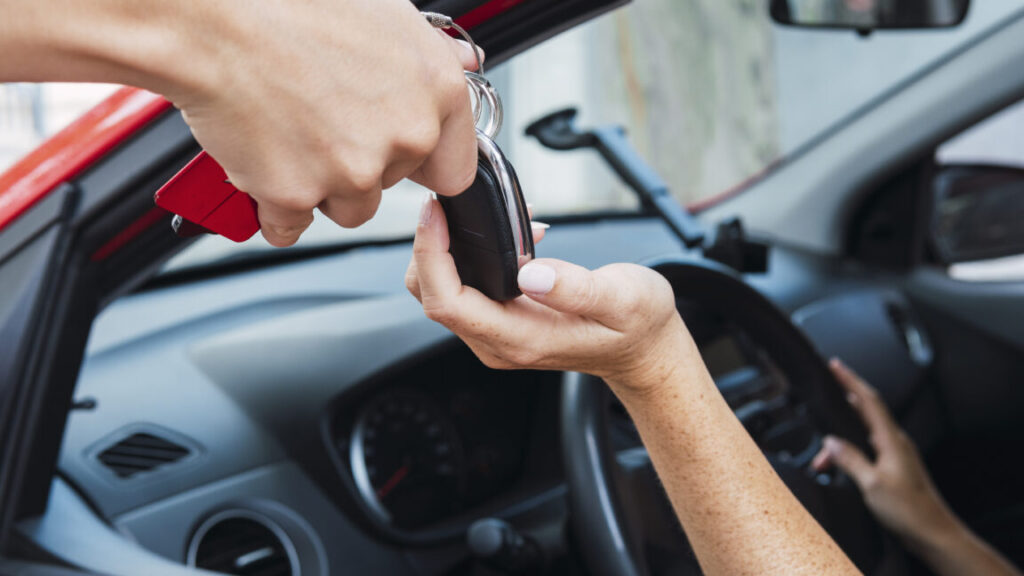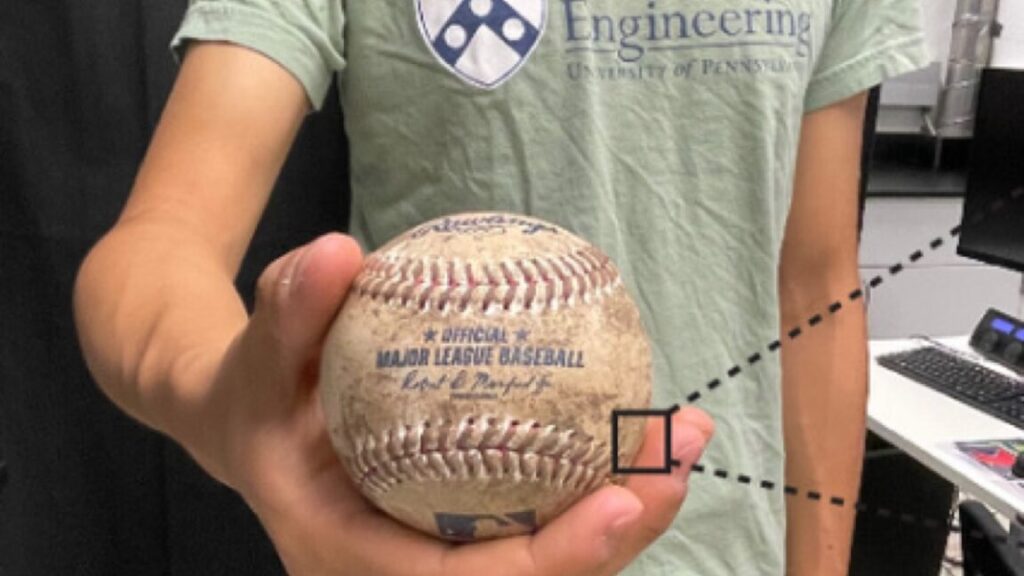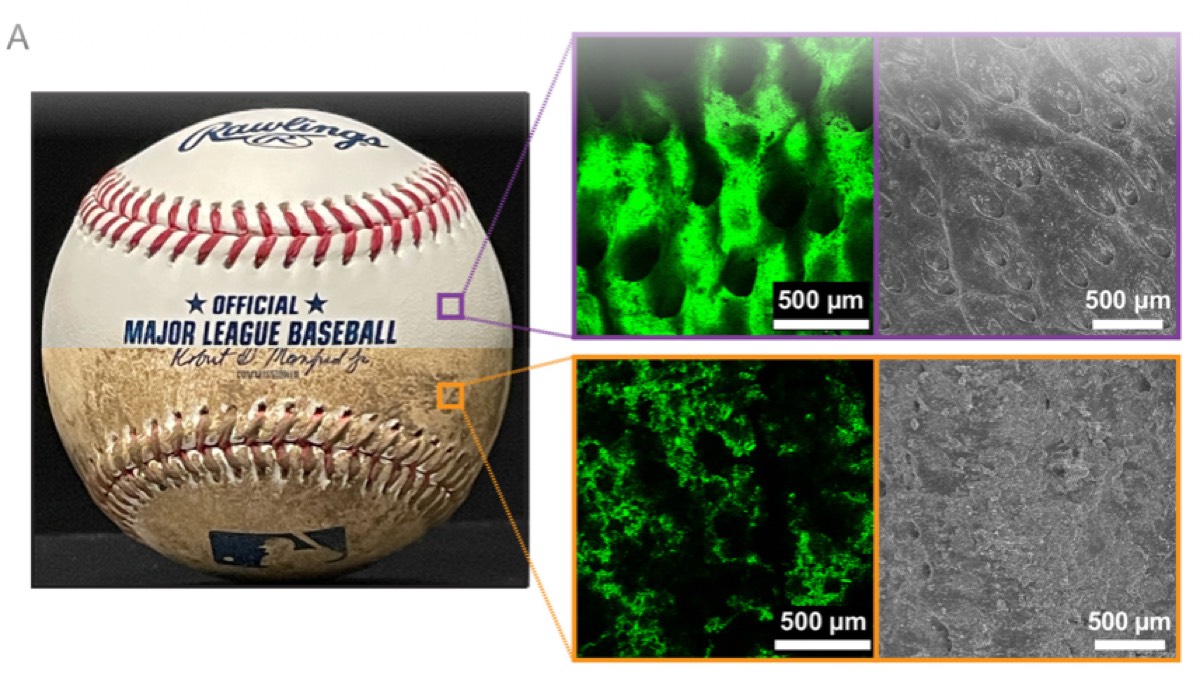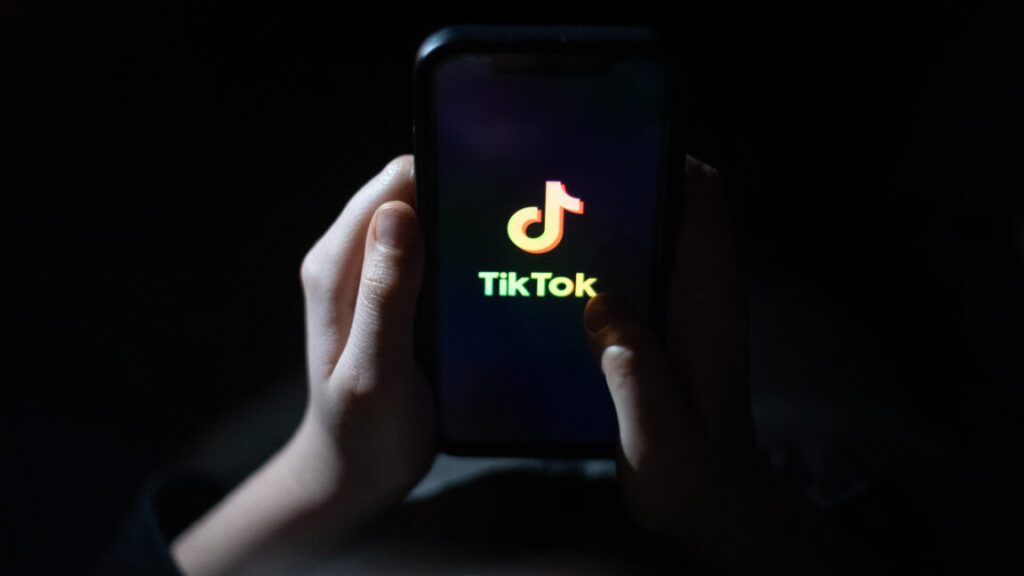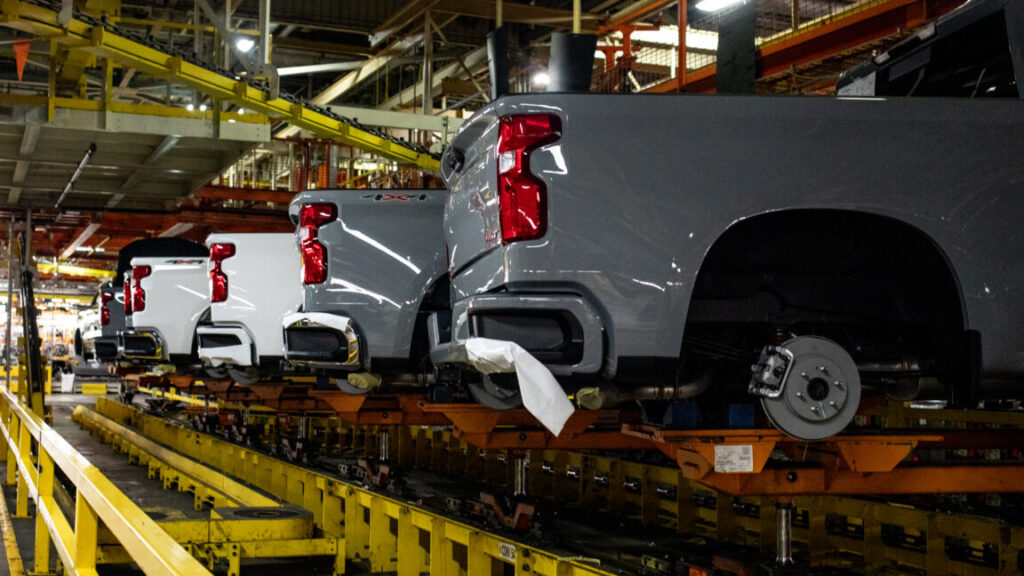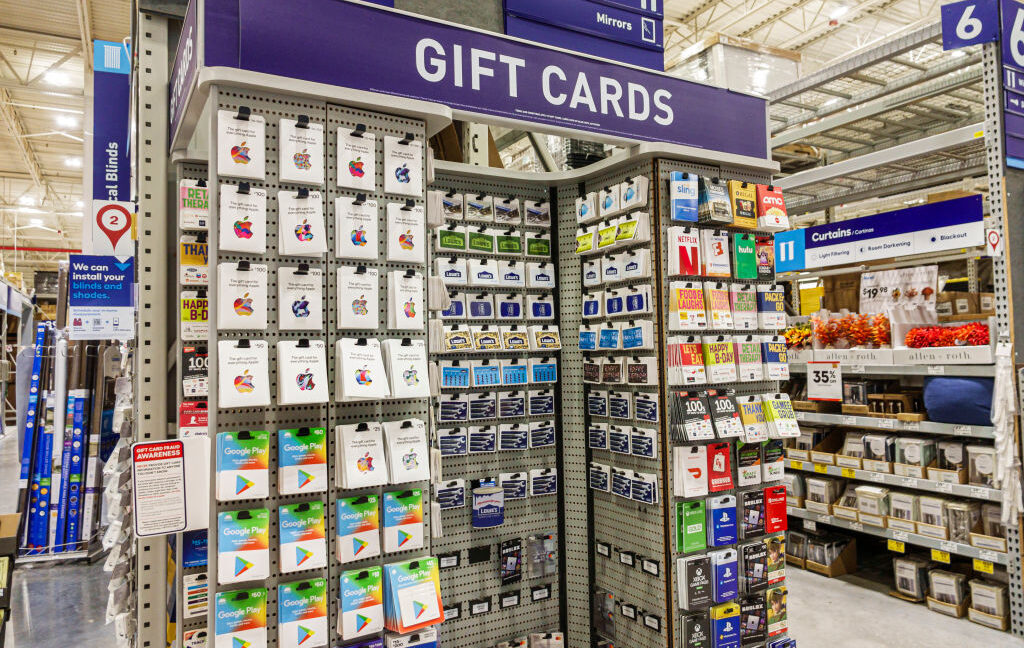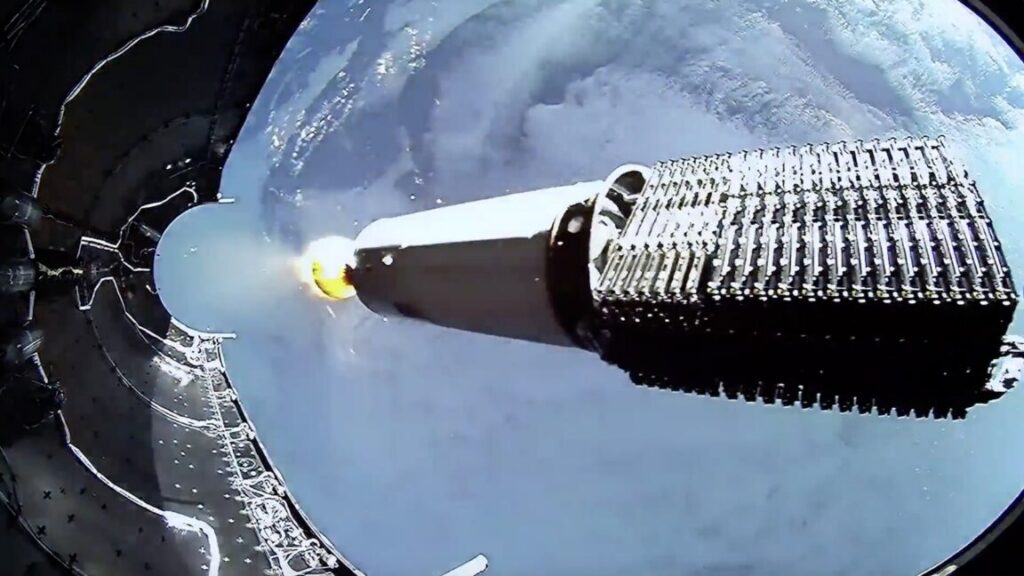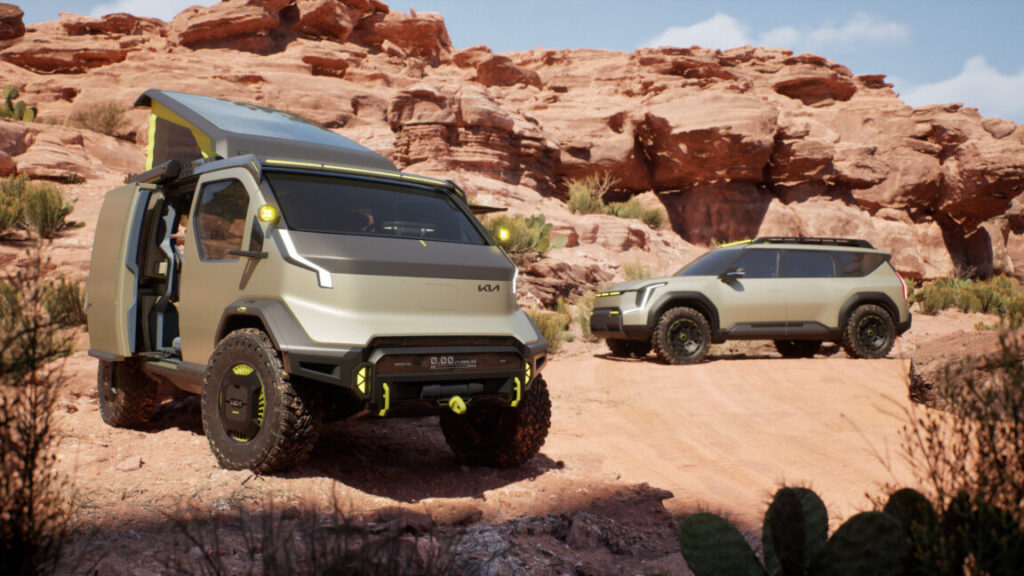Review: Catching up with the witchy brew of Agatha All Along
Down, down, down the road
Spoilers ahead! This imaginative sequel to WandaVision is a reminder of just how good the MCU can be.
Kathryn Hahn stars as Agatha Harkness, reprising her WandaVision role. Credit: Disney+
The MCU’s foray into streaming television has produced mixed results, but one of my favorites was the weirdly inventive, oh-so-meta WandaVision. I’m happy to report that the spinoff sequel, Agatha All Along, taps into that same offbeat creativity, giving us a welcome reminder of just how good the MCU can be when it’s firing on all storytelling cylinders.
(Spoilers below, including for WandaVision and Multiverse of Madness. We’ll give you another heads up when major spoilers for Agatha All Along are imminent.)
The true identity of nosy next-door neighbor Agnes—played to perfection by Kathryn Hahn—was the big reveal of 2021’s WandaVision, even inspiring a jingle that went viral. Agnes turned out to be a powerful witch named Agatha Harkness, who had studied magic for centuries and was just dying to learn the source of Wanda’s incredible power. Wanda’s natural abilities were magnified by the Mind Stone, but Agatha realized that Wanda was a wielder of “chaos magic.” She was, in fact, the Scarlet Witch. In the finale, Wanda trapped Agatha in her nosy neighbor persona while releasing the rest of the town of Westview from her grief-driven Hex.
Then Wanda presumably died in Doctor Strange and the Multiverse of Madness (and count me among those who thought her arc in that film was a massive fail on Marvel’s part). What happened to Agatha? It seems the hex is still in place but went a bit wonky. Agatha All Along opens like a true crime serial (cf. Mare of Easttown) with Agatha/Agnes as the rebellious, socially challenged tough detective called to investigate a body found in the woods outside Westview. Then a young Teen (Joe Locke) breaks the hex and asks her to show him the way to the legendary Witches’ Road, a journey involving a series of trials. The reward: at the end of the road, the surviving witches get what they most desire. Agatha wants her powers back and Teen—well, his motives are murkier, as is his identity, which is guarded by a sigil.
Agatha and Teen first have to assemble a coven: Lilia (Patti LuPone), a divination witch; Jennifer (Sasheer Zamata), a potions witch; Alice (Ali Ahn), a protection witch; and Sharon Davis (Debra Jo Rupp, reprising her WandaVision role), standing in for a green witch on account of her gardening skills. They sing the spell in the form of a ballad—”Down the Witches’ Road,” a killer earworm that recurs throughout the series and is already spawning lots of cover versions. The entrance appears and the journey begins. As if the Witches’ Road weren’t dangerous enough, Agatha is also being pursued by her ex, Rio Vidal (Aubrey Plaza), a powerful green witch, as well as the Salem Seven, vengeful wraiths of Agatha’s first coven, who (we learned in a WandaVision flashback) she killed by draining their powers when they attacked her.
Trapped in a reality-warping spell, Agatha is apparently a detective now. YouTube/Marvel Studios
A large part of WandaVision‘s delight came from the various sitcom styles featured in each episode. Agatha All Along has its own take on that approach: each trial takes on the setting and style of witches from popular culture (even the ending credits play on this). One evokes the New England WASP-y style of the 1998 film Practical Magic; another plays on Stevie Nicks’ Bohemian “white witch” phase with elements of the 1972 film Season of the Witch; yet another trial dresses the coven in high school summer camp 1980s garb.
There are nods to the Wicked Witch of the West and Glinda from the Wizard of Oz, Malificent, and the hag version of Snow White’s Evil Queen in the seventh episode, “Death’s Hand in Mine.” It might just be the best single episode of all the Marvel series. This is Lilia’s trial, requiring her to use her divination skills to navigate a deadly tarot reading. Every wrong card releases one of the many swords suspended above the table.
Throughout the journey, Lilia has uttered seemingly random nonsensical things. Here we learn this is because she experiences life out of temporal sequence, moving between past and present while peering into the future. Suddenly all those earlier sprinkled breadcrumbs make sense, a testament to the skillful writing and directing—not to mention LuPone’s powerful performance. (Apparently she requested a script with the events in linear order to better evoke the necessary emotions when shooting scenes out of sequence.)
To glory at the end
(WARNING: Major spoilers below. Stop reading now if you haven’t finished the series.)
By this time the coven has already lost two members: Sharon Davis (who didn’t even last the first trial), replaced by Rio; and Alice, who tried to help Agatha when the latter was briefly possessed during a ouija board trial—only to have Agatha do what she always does and drain Alice of all her power. Lilia’s tarot reading reveals that Death has been traveling with them all along in the form of Rio. Yes, Agatha’s ex is Death, aka “the original Green Witch.” They end up losing Lilia, too; she sacrifices herself to take out the Salem Seven after letting the surviving coven members escape. We see her falling to her death and then show up as a child in her homeland for her very first divination lesson—the cycle of life and death come full circle.
Agatha likes her new look for this trial. Marvel/Disney+
We soon discover that Rio/Death is mostly there because of Teen. There was much fan speculation about his identity in the run-up to the series release and fans guessed correctly: it’s Wanda and Vision’s son, Billy Maximoff, whose soul found its way into the body of a dying teenager named William Kaplan just as Wanda’s hex was unraveling him and his twin, Tommy, out of existence. That’s why he went on the Witches’ Road: to find Tommy. But this also makes him an aberration in Death’s eyes that must be removed to restore the balance. The catch: Billy has to sacrifice himself; in this unusual case, Death cannot simply take him.
Agatha initially agrees to manipulate Billy into doing just that, then has a last-minute change of heart. She kisses Rio/Death and thereby embraces her fate, sacrificing herself so Billy can live. From the start she had a soft spot for the teen, accompanied by references to her long-dead son. The backstory is quite moving and key to Agatha’s unexpected change of heart. Her son’s fate was revealed in the finale. Death came for him when Agatha was in labor but agreed to grant her “time.” How much time? Six or seven years, during which mother and son bonded and wandered from village to village, with Agatha occasionally killing more covens to absorb their power. But Death did not forget, and with Nicky (Abel Lysenko) gone, Agatha indulged all her worst impulses.
Which brings us to the Big Twist: Agatha and her son made up the ballad of the Witches’ Road, singing it in local taverns and slowly building up the legend. The Witches’ Road never existed. Agatha used the legend over centuries to lure witches into a trap to steal their powers. That was her intention at the start of the series, too, except this time—a portal opened. Billy, it seems, inherited Wanda’s ability to warp and shape reality, even subconsciously. He wanted the road to be real and so it was.
The reveal is skillfully done and ties everything up in a nice satisfying bow, with one exception. The writers just couldn’t let Agatha go completely; she returns as a ghost and joins Billy on his search for his brother Tommy. That’s a creative choice that leaves the door open for a second season, and I strongly suspect we’ll get one. But Ghost Agatha will be a tough plot point to crack. And it rather undercuts the pivotal moment of Agatha’s sacrifice—actually doing something that doesn’t directly benefit herself. On the whole, though, Agatha All Along is marvelously entertaining, binge-able fun with just enough emotional resonance and heartbreak to add some depth.
All episodes of Agatha All Along are now streaming on Disney+.
Jennifer is a senior reporter at Ars Technica with a particular focus on where science meets culture, covering everything from physics and related interdisciplinary topics to her favorite films and TV series. Jennifer lives in Baltimore with her spouse, physicist Sean M. Carroll, and their two cats, Ariel and Caliban.
Review: Catching up with the witchy brew of Agatha All Along Read More »



